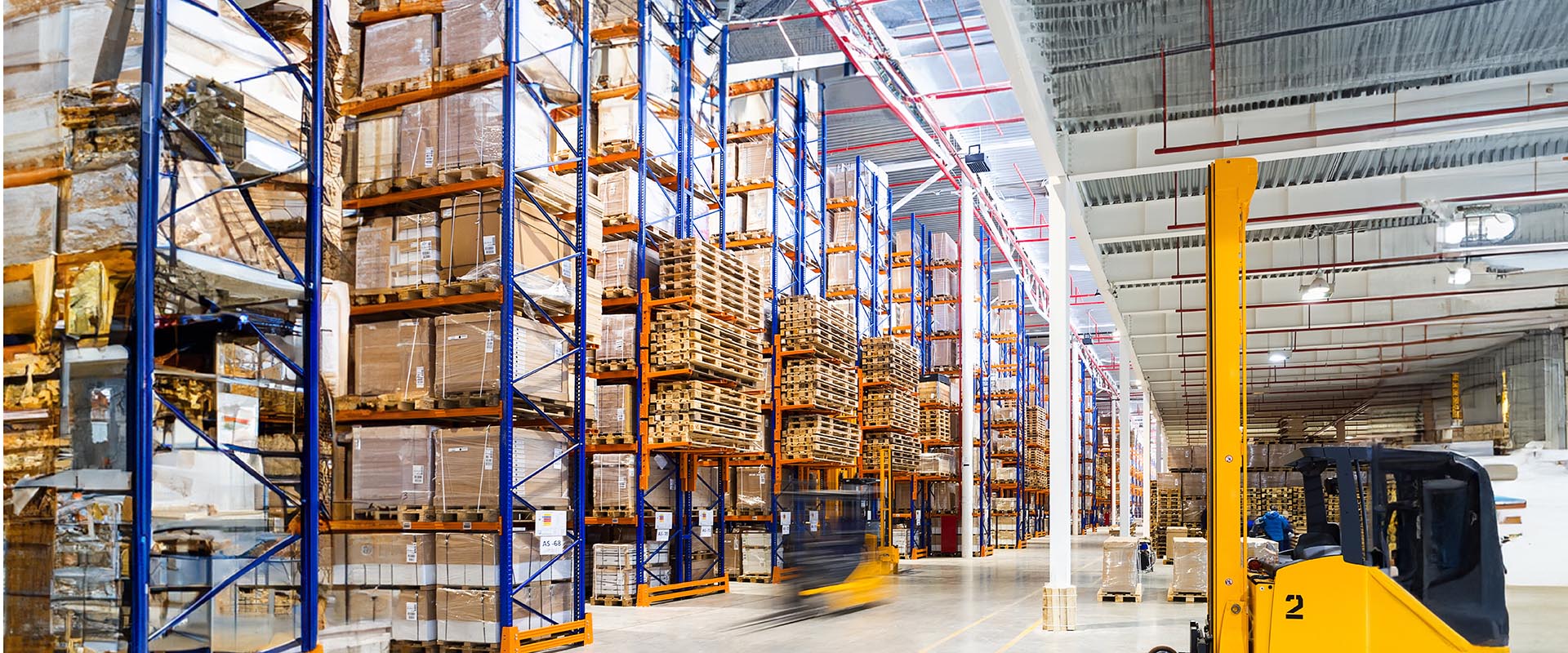
As the holiday season fast approaches, the annual scramble to prepare for a spike in shopping volume begins. Is your supply chain prepared to handle this year’s peak season?
In decades past, many businesses shifted production overseas in order to save money and get closer to the sources of raw materials. But as supply chain crises – most notably, of course, the Covid-19 pandemic – brought major disruption, companies have started to reconsider that strategy.
Bringing supply chain operations closer to home through nearshoring looks more attractive than ever and can be a huge help during demand surges, including peak shopping season.
Peak Season Challenges
Whether you just have Black Friday/Cyber Monday sales to worry about, or you are in an industry with several peaks throughout the year, any surge in demand can have a good news/bad news aspect to it. The good news: increased revenue. The bad news: increased potential for a supply chain breakdown.
Peak season challenges include:
- Demand surges. While technology can help you analyze past peak season patterns and predict inventory needs, it’s still a complex process. You have to juggle inventory management, transportation and efficient order handling. If your demand forecast isn’t accurate, these challenges get even more difficult to work through.
- Labor. Getting enough seasonal workers to handle additional inventory flow is hard enough under normal circumstances. With the labor shortage we’ve seen over the past few years, it’s even more difficult. And while offshoring used to be the go-to strategy for reducing labor costs, that’s no longer the case for manufacturing centers like China, where the labor cost index rose by nearly 40 percent between 2010 and 2021.
- Transportation costs and tight shipping windows. It’s simple supply and demand: when shipping demand spikes, carriers raise their rates – especially for ultra-fast shipping options like same- or next-day.
As these challenges get trickier to navigate, putting your early-mile supply chain operations in regions far from home is less attractive. That’s why nearshoring has become the better option for many businesses.
Nearshoring: The Solution to Many Peak Season Challenges
Moving production closer to end consumers has been a more cost-effective strategy in recent years. This is especially true as increased labor costs in formerly cheaper markets continue to make offshoring less appealing.
That’s why many companies have shifted to nearshoring to solve their supply chain issues. It offers several key advantages over offshoring, with the most obvious being that goods travel much shorter distances. It also simplifies the transportation process, since you don’t have to find ocean transport. And in case of disruption, having your operation based closer to home makes it easier and faster to respond to and fix problems.
In the case of peak season, handling increased demand or sudden changes in demand is less troublesome with nearshoring. You can often build better relationships with suppliers and carriers closer to home than with those in widely differing time zones.
While labor may still be cheaper in some offshore regions, the transportation savings you get from nearshoring can mitigate or even offset the higher labor costs closer to home. And transportation isn’t the only cost advantage; you may also save on warehousing. With all your operations geographically closer together, you likely won’t have to maintain such high inventory levels, since getting new product should be easier and faster.
The best case for nearshoring, though, is that it helps you reduce some of the biggest supply chain risks we’ve seen in recent years. These include geopolitical disruptions, natural disasters and unforeseen issues like the global pandemic.
Choosing the Right Nearshoring Partner
To have the best success with nearshoring (especially to Mexico or other non-U.S. locations), you need a partner who can navigate the complexities of cross-border logistics. This ensures your partner will know how to navigate compliance requirements and will be able to give you the localized support you need.
Your ideal partner should also have an extensive carrier network to handle all your transportation needs and end-to-end service that can help you with everything from planning all the way through fulfillment. This is especially critical for peak season, when speed is crucial to meeting the surge in demand.